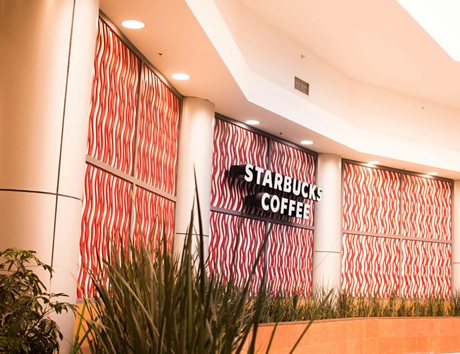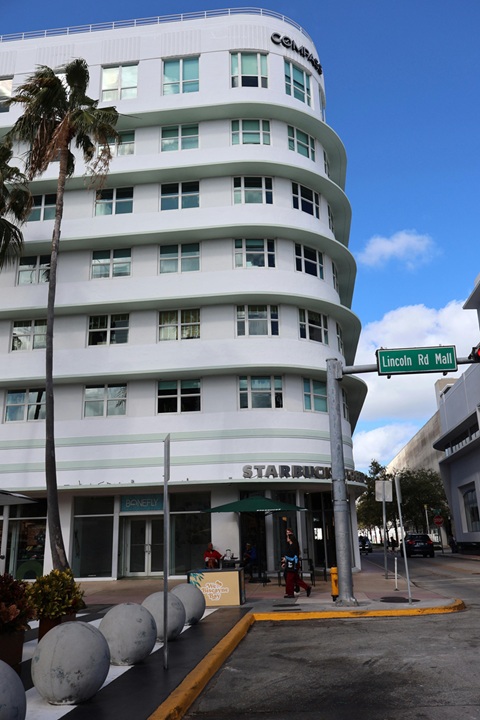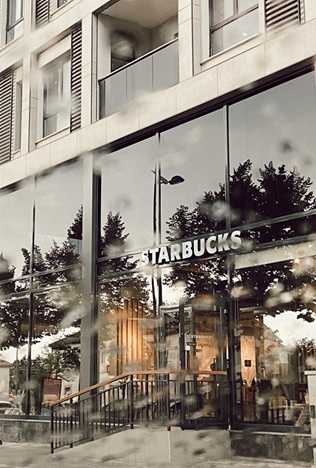
Open Door Policy
In recent times, corporate policies that emphasize inclusivity and accessibility have come under intense scrutiny. One such policy that has been the subject of debate is the “Open Door Policy.” Recently, Starbucks made headlines for reversing its Open Door Policy, a decision that sparked discussions across business, social, and cultural circles. To understand the significance of this shift, we need to explore the history and implications of the Open Door Policy and the rationale behind Starbucks’ decision.
What is the Open Door Policy?
At its core, the Open Door Policy is a management practice that encourages open communication and inclusivity. In the context of workplaces, it means that employees are welcome to bring concerns, ideas, or feedback directly to leadership without fear of reprisal. It’s designed to foster trust, transparency, and collaboration within organizations.

However, in public spaces like retail stores or cafes, the term takes on a broader meaning. Starbucks, for example, adopted its Open Door Policy in 2018 following an infamous incident of racial profiling in one of its Philadelphia locations. The policy allowed anyone—regardless of whether they made a purchase—to use Starbucks facilities, including restrooms and seating areas. It was a statement of inclusivity, aimed at positioning the brand as a welcoming and community-focused space.
The policy was heralded as a step forward in addressing systemic biases and promoting equal access. Yet, as time passed, it became evident that the policy came with unforeseen challenges.
The History Behind Starbucks’ Open Door Policy

Starbucks’ Open Door Policy emerged out of a crisis. In 2018, two Black men were arrested at a Philadelphia Starbucks for sitting in the store without making a purchase while waiting for a friend. The incident went viral, igniting outrage and accusations of racial discrimination. In response, Starbucks closed 8,000 U.S. stores for a day to conduct racial bias training and introduced the Open Door Policy as a symbol of their commitment to change.
The company’s CEO at the time, Kevin Johnson, publicly apologized and vowed to make Starbucks a welcoming environment for all. This policy aimed to transform Starbucks from a simple coffee chain into a third place—a space that wasn’t home or work but a communal area where people could gather freely.
Why Did Starbucks Reverse the Policy?
While the Open Door Policy was born out of a noble intent, its execution led to significant challenges for Starbucks and its employees. Here are the key reasons why Starbucks decided to reverse it:
Operational Strain:

Starbucks locations began experiencing an increase in non-customers occupying the space for extended periods. This included individuals who used the facilities as makeshift offices or meeting areas without making purchases. Some stores even reported issues with loitering and overcrowding, making it difficult for paying customers to find seating.
Employee Safety Concerns:
In some cases, store employees faced uncomfortable or unsafe situations. Reports emerged of individuals engaging in disruptive behavior, such as drug use or creating disturbances, which created a tense and unsafe environment for both staff and customers. Employees, who are not trained security personnel, were left to handle these situations without clear protocols.
Impact on Brand Experience:
Starbucks’ reversal also stemmed from a desire to protect its brand identity. The company’s coffee shops are known for their cozy and inviting atmosphere, but the Open Door Policy inadvertently disrupted this experience for some paying customers. As overcrowding and incidents increased, the very essence of Starbucks’ “third place” vision was being compromised.
Economic Pressures Post-Pandemic:
The COVID-19 pandemic brought significant changes to how businesses operate. With rising costs and a need to optimize operations, Starbucks faced pressure to prioritize paying customers and ensure stores functioned efficiently. The reversal of the policy is seen as part of a broader strategy to stabilize operations in a challenging economic climate.
The New Policy and Its Implications

Starbucks’ new approach aims to strike a balance between inclusivity and operational practicality. While details of the revised policy vary by location, the key changes include:
Restrooms and seating areas are now prioritized for paying customers.
Store managers have more discretion in handling situations involving non-customers.
Partnerships with local organizations to address homelessness and other social issues are being strengthened, reflecting a commitment to community engagement without compromising store operations.
These adjustments indicate that Starbucks is moving towards a model that maintains its commitment to social responsibility while addressing the practical challenges faced by its employees and customers.
Broader Significance of the Open Door Policy Reversal
Starbucks’ decision to reverse its Open Door Policy has implications that extend beyond its stores. It highlights the complexities businesses face when trying to balance social responsibility with operational efficiency. Here are some broader takeaways:

Navigating Social Responsibility:
Companies are increasingly expected to take a stand on social issues. While such efforts can enhance brand reputation, they also come with risks. The reversal of the Open Door Policy underscores the importance of evaluating the long-term impact of socially driven initiatives.
Employee Well-Being:
The decision also reflects a growing recognition of the need to protect employees. Policies that place excessive burdens on staff, whether physical or emotional, can lead to burnout and high turnover rates. Businesses must ensure that their initiatives do not come at the expense of employee well-being.
Evolving Customer Expectations:
The reversal serves as a reminder that customer expectations are not static. While inclusivity remains important, customers also value safety, cleanliness, and comfort. Striking a balance between these priorities is crucial for businesses seeking to create positive experiences.
Conclusion
The Open Door Policy was a bold move by Starbucks, born out of a desire to address racial bias and foster inclusivity. However, its reversal highlights the complexities and trade-offs involved in implementing such initiatives. Starbucks’ decision to refine its approach is a testament to the challenges of navigating social responsibility in a way that benefits all stakeholders—employees, customers, and the community at large.
Ultimately, the story of Starbucks’ Open Door Policy serves as a valuable case study for businesses striving to balance purpose and practicality in an ever-changing world.
Disclaimer
This blog is intended to provide an objective overview of the Open Door Policy and Starbucks’ decision to reverse it, based on publicly available information. The content is not meant to criticize or endorse any specific actions or policies but to foster understanding of the complexities businesses face in addressing social issues.
Readers are encouraged to consider the broader societal and economic contexts surrounding these decisions. This blog is for informational purposes only and should not be construed as professional advice or an endorsement of any specific business practices.


Recent Comments